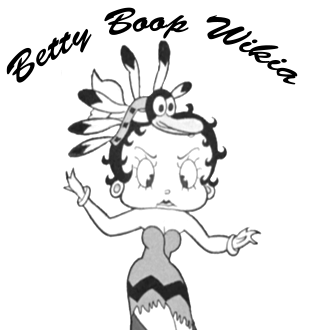Lillian Friedman
| Lillian Friedman |
|---|
| Lillian Friedman | |
|---|---|
 | |
|
Name |
Lillian Friedman Astor |
Lillian Friedman (born April 12, 1912 in New York City – July 9, 1989) was the first American female studio animator, working at for the Fleischer Brothers' studio, inking and eventually animating various Betty Boop cartoons, as well as one Popeye, some Color Classics, and several Hunky and Spunky cartoons.
After being rejected by Disney, Friedman was hired by the Fleischer Studios in 1930 as an inker.
Taken under the wing of Fleischer animator James "Shamus" Culhane, Friedman was promoted to his assistant and in-betweener, responsible for intermediate drawings between two images to give the appearance that the first image evolves smoothly into the second image, and giving the illusion of movement.
Impressed by her skill, in 1933, Culhane "secretly" promoted Friedman to animator where she could generate animation content.
Working on the crew of Myron Waldman, she animated – uncredited – a Popeye cartoon, Can You Take It (1934). Her animation work also appears in, Betty Boop's Prize Show (1934), Making Stars (1935), Judge for a Day (1935), Be Human (1936), The New Deal Show (1937), Pudgy Takes a Bow-Wow (1937), Buzzy Boop at the Concert (1938), Pudgy and the Lost Kitten (1938), Honest Love and True (1938), and the Color Classic, Hawaiian Birds (1936).
She was also responsible for animating several scenes in Popeye the Sailor Meets Sindbad the Sailor in 1936, specifically when Popeye give the "twisker" punch and the two-headed giant, "Boola".
Filmography (Animator)
- Betty Boop's Rise to Fame (1934)
- Betty Boop's Trial (1934)
- There’s Something About a Soldier (1934)
- Betty Boop's Little Pal (1934)
- Betty Boop's Prize Show (1934)
- Keep In Style (1934)
- When My Ship Comes In (1934)
- Baby Be Good (1935)
- Taking the Blame (1935)
- Stop That Noise (1935)
- No! No! A Thousand Times No! (1935)
- A Little Soap and Water (1935)
- A Language All My Own (1935)
- Judge for a Day (1935)
- Making Stars (1935)
- Betty Boop with Henry, the Funniest Living American (1935)
- Little Nobody (1936)
- Betty Boop and the Little King (1936)
- Not Now (1936)
- Betty Boop and Little Jimmy (1936)
- You’re Not Built That Way (1936)
- Training Pigeons (1936)
- Be Human (1936) (
- Making Friends (1936)
- Bunny Mooning (1937)
- Pudgy Takes a Bow-Wow (1937)
- Pudgy Picks a Fight (1937)
- The Candid Candidate (1937)
- The New Deal Show (1937)
- Riding the Rails (1938)
- Honest Love and True (1938)
- Pudgy and the Lost Kitten (1938)
- Rhythm on the Reservation (1939)


